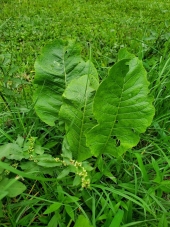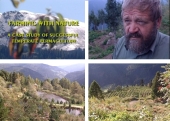












"Limitation is the mother of good management", Michael Evanari
Location: Southwestern Oregon (Jackson County), Zone 7





 1
1









"Limitation is the mother of good management", Michael Evanari
Location: Southwestern Oregon (Jackson County), Zone 7




Life that has a meaning wouldn't ask for its meaning. - Theodor W. Adorno












Brenda
Bloom where you are planted.
http://restfultrailsfoodforestgarden.blogspot.com/

















The ultimate goal of farming is not the growing of crops, but the cultivation and perfection of human beings. - Masanobu Fukuoka




Idle dreamer




The ultimate goal of farming is not the growing of crops, but the cultivation and perfection of human beings. - Masanobu Fukuoka








Saybian Morgan wrote:
I do appreciate your enthusiasm for sepp's methods, but I've also seen him mention on several occasion's that he had criteria to prevent landslide on his own landscape, and each was different depending on soil's, waterfowl and incline. Your original statement's seem to imply, I took sepp's course why didn't his method's work.
I have a fair bit of terracing in my future working with limestone steep slope "karst cartography" and I DO remember in every sepp video I watched he mentioned starting from the bottom up so that in case of landslide the lower slopes can catch the debris which for the moment it looks like you've done.
I hope the vetiver grass is applicable to your location, you need rapid stitches in your soil fast. Are your terraces excessively tilted back towards the hill? This is another factor I know sepp speaks of in regard to water management on terraces with excessive water to never have that done to them, for the retainment of that much water will swell the earth and send it downhill.
Terraces are not Swales or they'd be called swales.






|
get schwifty. tiny ad:
permaculture bootcamp - learn permaculture through a little hard work
https://permies.com/wiki/bootcamp
|






